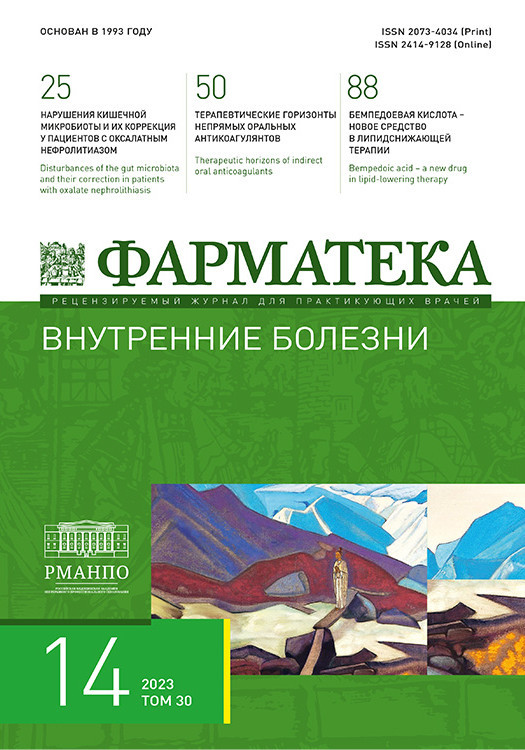Personalized approach to the rehabilitation of patients with degenerative dystrophic disk disease and clinical manifestations in the form of poor posture and pain syndrome
Background. The article analyzes the results of various types of treatment of 86 patients with dorsopathy, advanced osteochondrosis, complicated by scoliotic deformity and instability of the spinal motion segment, manifested by pain and poor posture in the period 2016–2000.E.V. Panteleev, S.V. Matveev
Objective. Improvement of technology and increase the effectiveness of rehabilitation of patients with degenerative dystrophic disk disease (DDDD) (justification, development, clinical implementation and evaluation of the effectiveness of differentiated programs for medical rehabilitation of patients with DDDD).
Methods. The group included 86 patients, 43 (50%) men and 43 (50%) women; the mean age and duration of the disease were 44.5 and 5 years, respectively. 3 treatment regimens were used in the treatment of patients: 1) medication, including intramuscular injections of non-steroidal anti-inflammatory drugs, B vitamins, centrally acting muscle relaxants for 10–14 days - 25 (29.1%) patients; 2) a course of manual therapy and corporal acupuncture, consisting of 5 sessions conducted over 10–18 days – 11 (12.8%) patients; 3) a course of manual therapy and auricular acupuncture, consisting of 5 sessions conducted over 10–18 days – 25 (29.1%) patients. 25 (29.1%) patients did not receive treatment for various reasons. Pharmacotherapy was not used in regimens 2 and 3.
Results. The condition of the patients in the group without treatment showed no dynamics; when using treatment regimen 1, the dynamics of the summary assessment of the condition significantly improved; when using schemes 2 and 3, the dynamics of the summary assessment of the patients’ condition significantly improved.
Conclusion. Based on the data obtained, it can be conclude dthat for the treatment of patients with advanced osteochondrosis complicated by scoliotic deformity and instability of the SMS, manifested by pain and poor posture, the most effective courses are manual therapy and acupuncture, both corporal and auricular, which allows to relieve not only pain syndrome, but also reliably level out postural disorders.
Keywords
degenerative dystrophic disk disease
instability of the spinal motion segment
pain syndrome
poor posture
manual therapy
acupuncture



